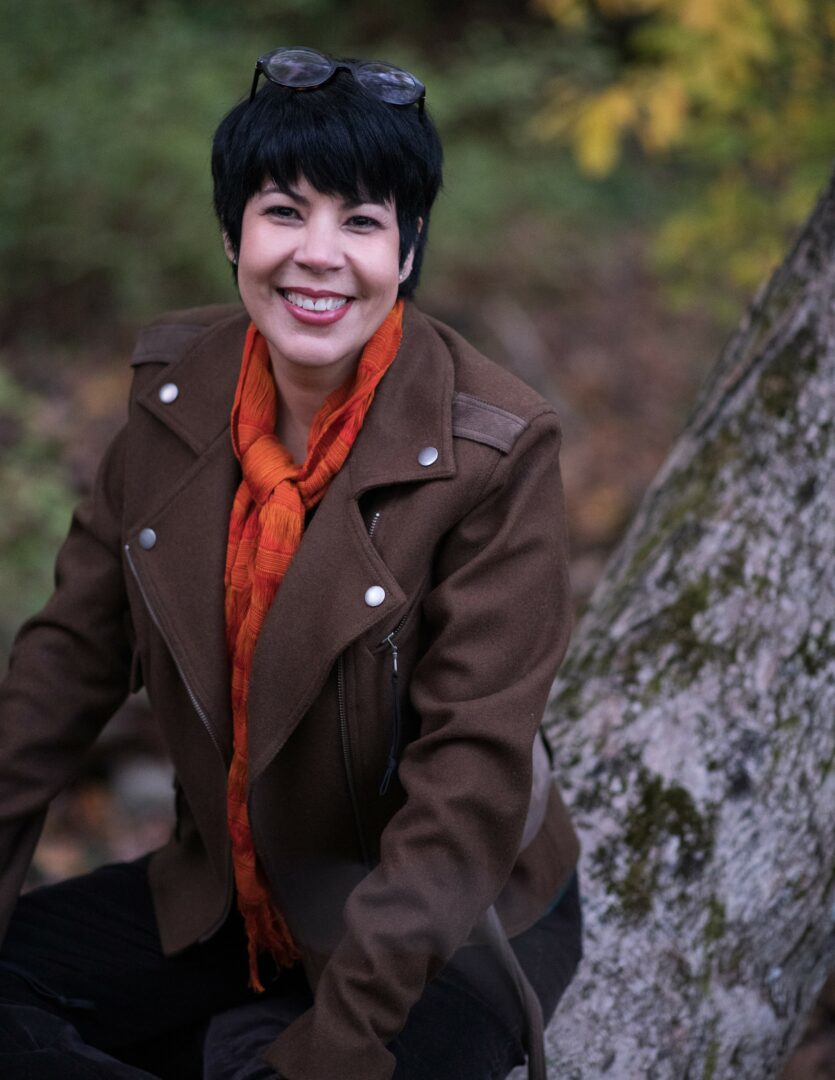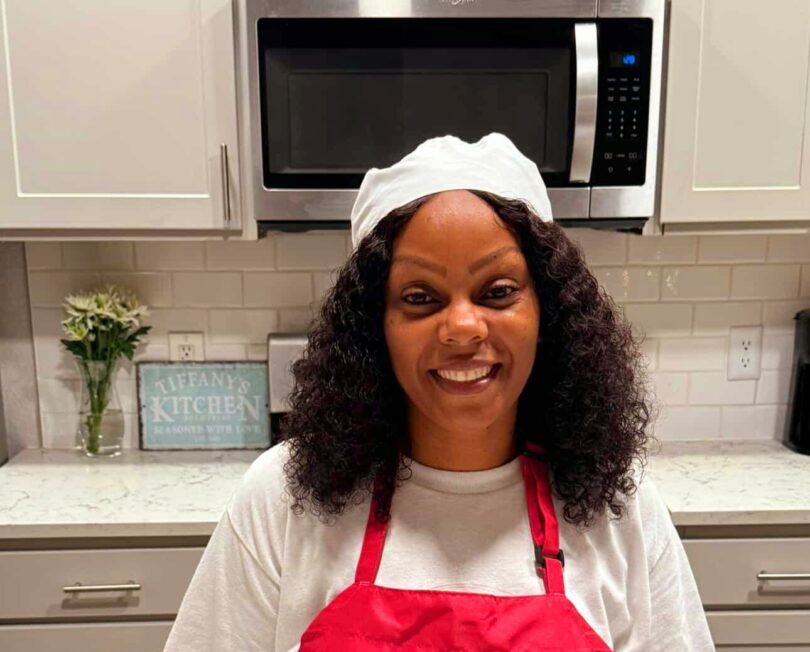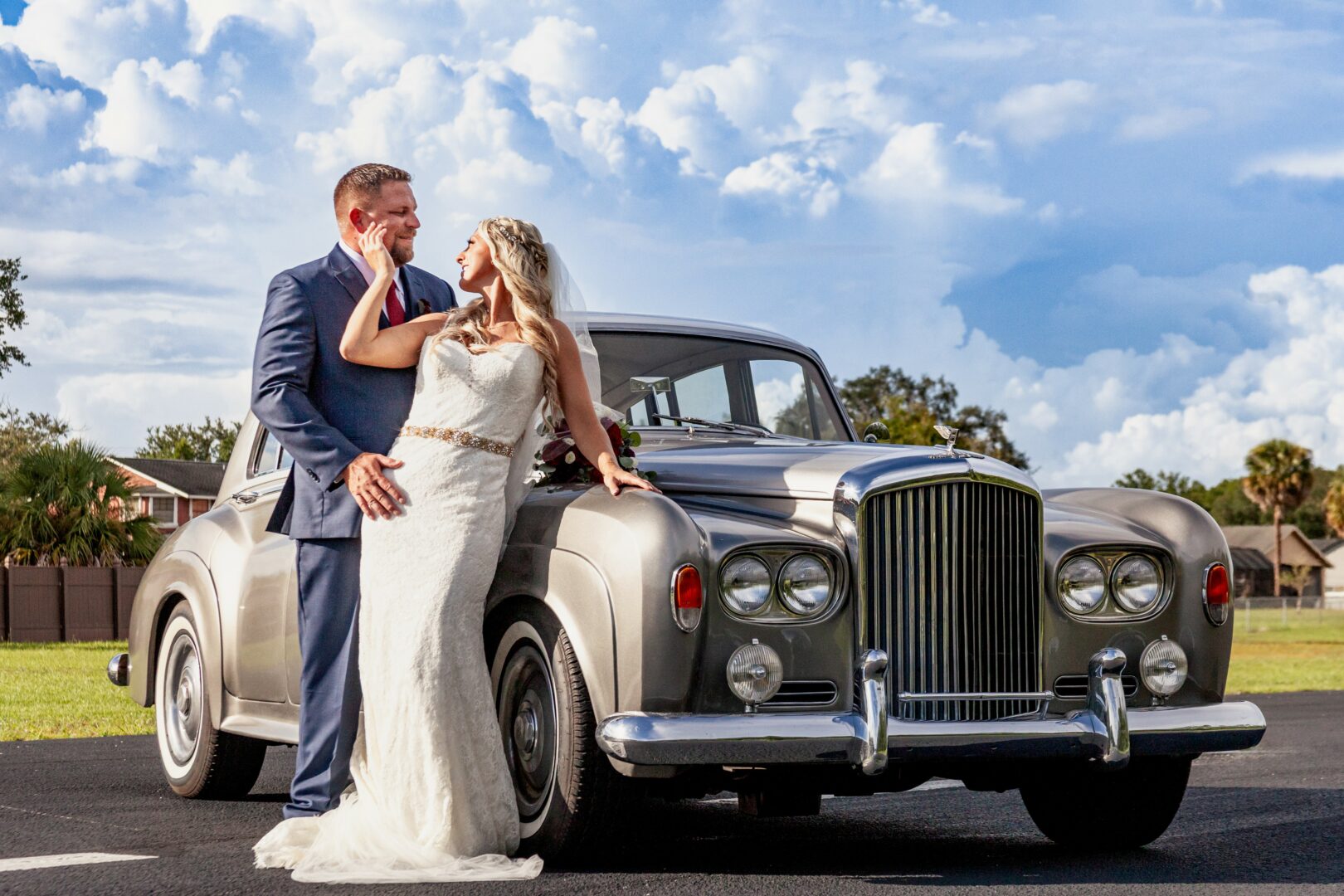We were lucky to catch up with Katherine Dickson recently and have shared our conversation below.
Hi Katherine, so excited to talk about all sorts of important topics with you today. The first one we want to jump into is about being the only one in the room – for some that’s being the only person of color or the only non-native English speaker or the only non-MBA, etc Can you talk to us about how you have managed to be successful even when you were the only one in the room that looked like you?
Walking into a room where no one looks like me; where my experiences as a Latina artist, a person with disabilities, and survivor of a Traumatic Brain Injury, aren’t mirrored has never been a limitation. It is my superpower.
My creativity is shaped by the richness of my culture, the resilience of my journey, and the unique way my mind now processes the world. Instead of shrinking, I expand, bringing narratives and perspectives that others haven’t even thought to consider.
As an artist, my work thrives in the spaces between what is seen and what is felt. My heritage, my injuries, my survival, they don’t just influence my art; they make it unforgettable. They allow me to create imagery that resonates on a visceral level, capturing stories that others might overlook. In a room where I am the only one like me, I know that I am offering something no one else can: a vision that bridges the haunting and the beautiful, the past and the present, the struggle and the triumph.
Success, for me, has never been about fitting in. Instead, it’s been about standing out in a way that makes others rethink what they thought they knew. My presence in those rooms is a reminder that different is powerful, and I carry that truth with me in every space I enter.
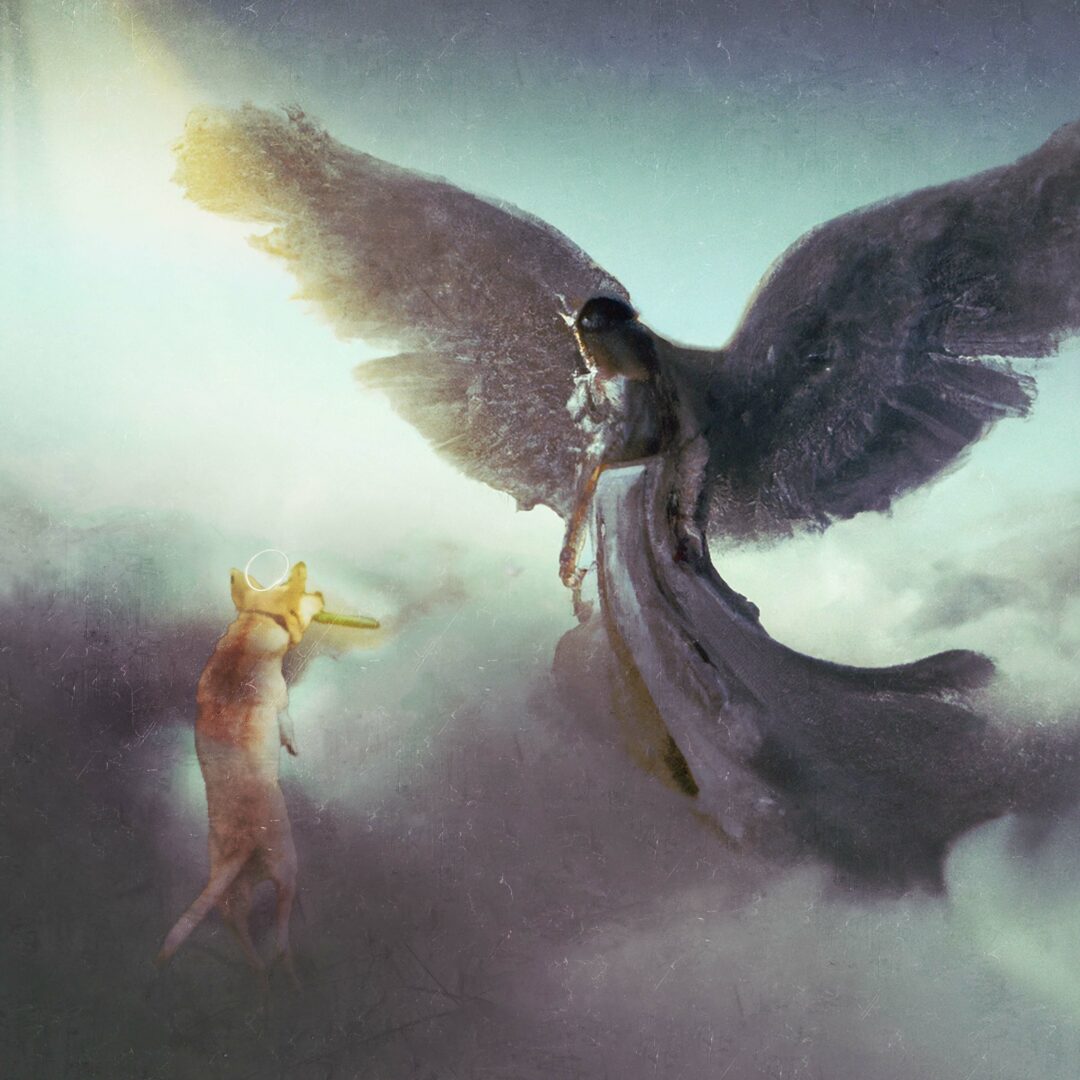
Let’s take a small detour – maybe you can share a bit about yourself before we dive back into some of the other questions we had for you?
I am an artist who lives in the space between beauty and grief, memory and mythology, the real and the imagined. Through fine art conceptual photography, I craft worlds that feel both intimate and cinematic. Here in this space emotions are tangible, history lingers in the air, and the weight of time can be felt in a single frame.
My work is deeply personal, shaped by my Hispanic heritage, my experiences as a person with disabilities, and my survival of a traumatic brain injury. These parts of me are not just influences; they are the lens through which I see the world, a world that often straddles the surreal and the heartbreakingly real.
One of my greatest passions is end-of-life pet photography. I call these ‘Remember Me’ sessions. They are not just photo sessions; they are love letters, a way to hold onto the spirit of a beloved companion when time is slipping away. Capturing these moments has been one of the most meaningful aspects of my work, and it continues to remind me why I do what I do; because art has the power to honor, to preserve, and to heal.
I am also exploring new dimensions of storytelling, including a portrait project that reimagines history through the lens of survival. ‘What if Anne Boleyn had lived?’ How would her survival have reshaped the lives of the women who came after her? This project isn’t just about rewriting history; it’s about re-examining power, legacy, and the unseen ripples of survival.
Beyond my photography, I am in the process of building an AI Gallery. A virtual exhibition space where artists can showcase their work in immersive, boundary-pushing ways. It’s an expansion of my love for storytelling, a way to create experiences that transcend the traditional art world and give artists, especially those who have been historically overlooked a place to be seen and celebrated.
At the heart of everything I do is the belief that art is an act of remembrance. Whether it’s capturing the last moments of a beloved pet, reimagining a forgotten history, or creating a space where artists can share their truth, my work is about holding onto the fleeting, the ephemeral, and making it unforgettable.
For those who resonate with my vision, I invite you to follow along, collaborate, or simply step into the worlds I create. Because in the end, art is not just about what we see; it’s about what we feel, what we carry with us, and what refuses to be forgotten.
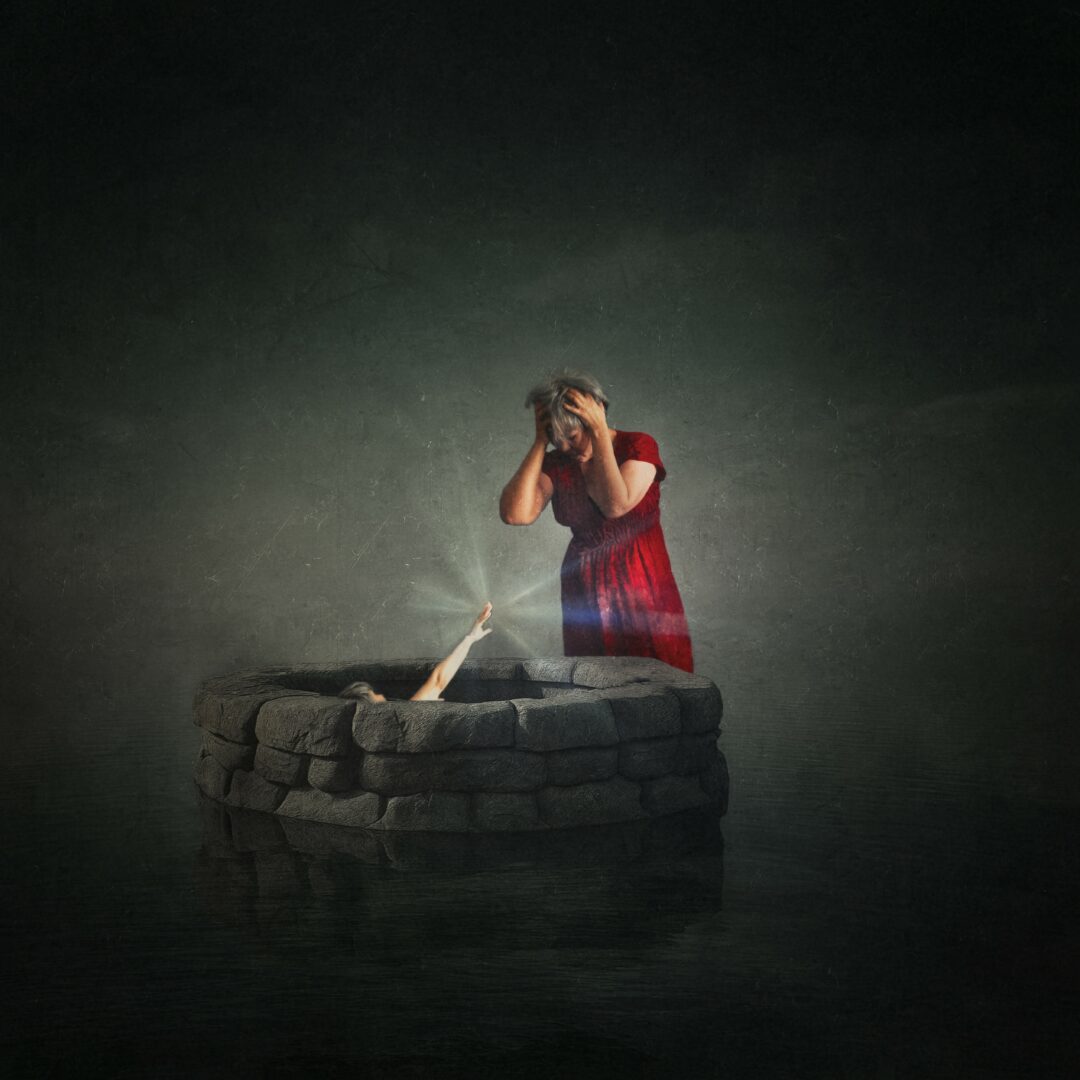
There is so much advice out there about all the different skills and qualities folks need to develop in order to succeed in today’s highly competitive environment and often it can feel overwhelming. So, if we had to break it down to just the three that matter most, which three skills or qualities would you focus on?
Looking back, three qualities have been absolutely essential in my journey as an artist and entrepreneur: persistence, communication, and adaptability.
1. Persistence – Don’t Give Up, Even When It’s Hard: The road isn’t smooth. It twists, it turns, and sometimes it feels like it a dead-ends. But the only way to fail is to stop walking. I’ve faced moments where everything felt impossible, physically, mentally, financially but I kept going. Even when I had to move slower, even when I had to take a detour, I refused to quit. That’s my biggest advice to anyone starting out: keep moving forward, no matter what. Success isn’t about never struggling; it’s about never stopping.
2. Communication – Ask for Help, Learn from Others: So much of growth; whether in art, business, or life comes from learning, and learning requires communication. Early on, I thought I had to figure everything out alone. But the truth is, asking for help isn’t weakness; it’s strategy. Whether it’s mentors, peers, or even people outside your field, reach out. Ask questions. Listen. Learn. The more you open yourself up to conversations, the faster you’ll grow.
3. Adaptability – My motto is simple: Don’t Fail, Learn. Every challenge, every mistake, every unexpected obstacle is an opportunity to grow. Instead of seeing setbacks as failures, I reframe them as lessons. If something doesn’t work, I ask myself, What can I take from this? How can I do better next time? That mindset has been crucial in navigating everything from rebuilding my life after a TBI to evolving my artistic vision. The more flexible and open I stay to learning, the stronger I become.
To anyone just starting out: don’t be afraid of the hard moments. They will come, but they will also pass. Keep going, ask for help, and embrace every lesson along the way. If you do that, you won’t just succeed; you’ll become unstoppable.
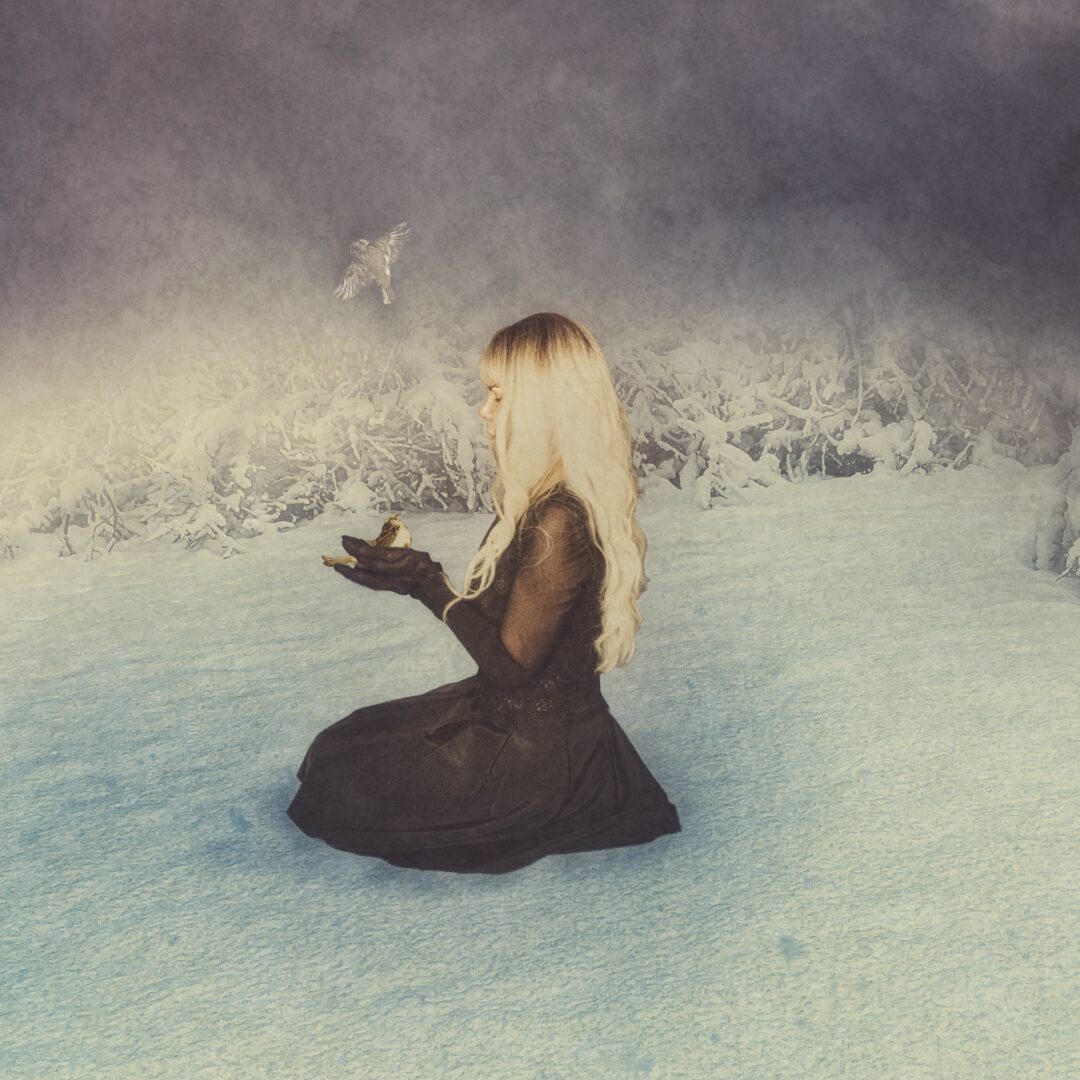
What would you advise – going all in on your strengths or investing on areas where you aren’t as strong to be more well-rounded?
I believe in the power of mastering your strengths, but not at the cost of ignoring your weaknesses. As artists, we don’t exist in a vacuum. We create from the heart, but we also exist in a world where artistic trends, markets, and client expectations evolve. To thrive, we must be both deeply rooted in our strengths and open to growth in areas where we need to improve.
For me, the goal is not just to be good at what I already excel at, but to be well-versed and adaptable. My artistic journey has taught me that honing my strengths is essential, but so is pushing myself beyond my comfort zone. I might have a strong conceptual vision, but if I neglect technical skills, I limit my ability to bring that vision to life. If I only focus on my personal storytelling without considering how to position my work in galleries, museums, or academic institutions, I miss opportunities to share my voice on a larger stage.
A personal example: When I first started, I leaned heavily into the emotional and storytelling aspects of my work, but I didn’t put as much emphasis on areas like marketing, networking, or understanding the business of art. But I knew that if I wanted to exhibit in galleries and museums, I couldn’t afford to ignore those aspects. I had to learn, adapt, and refine my approach, staying open to industry shifts while still staying true to my creative core.
Being an artist is about constant evolution. The world moves forward, and we have to move with it, not by abandoning our artistic integrity, but by finding ways to bridge our creative purpose with what is relevant and resonant in the current moment. I see this as an ongoing dialogue: I create from my soul, but I also stay alert, flexible, and informed so that my work remains impactful, both artistically and commercially.
So my advice? Go all in on your strengths, but never stop working on your weak areas. Stay open. Stay adaptable. Keep learning. Because success in the arts isn’t just about what you already do well, it’s about how willing you are to grow.
Contact Info:
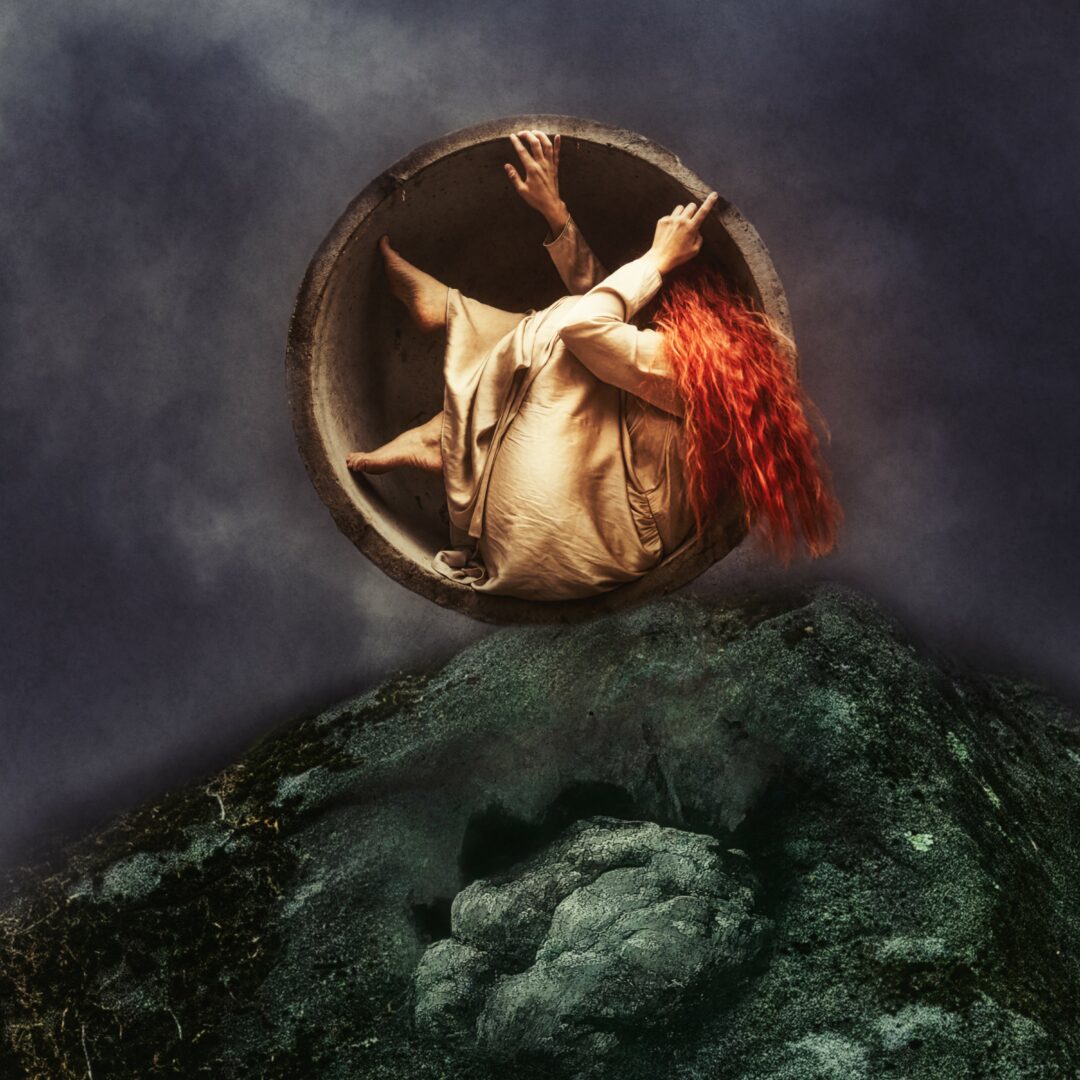
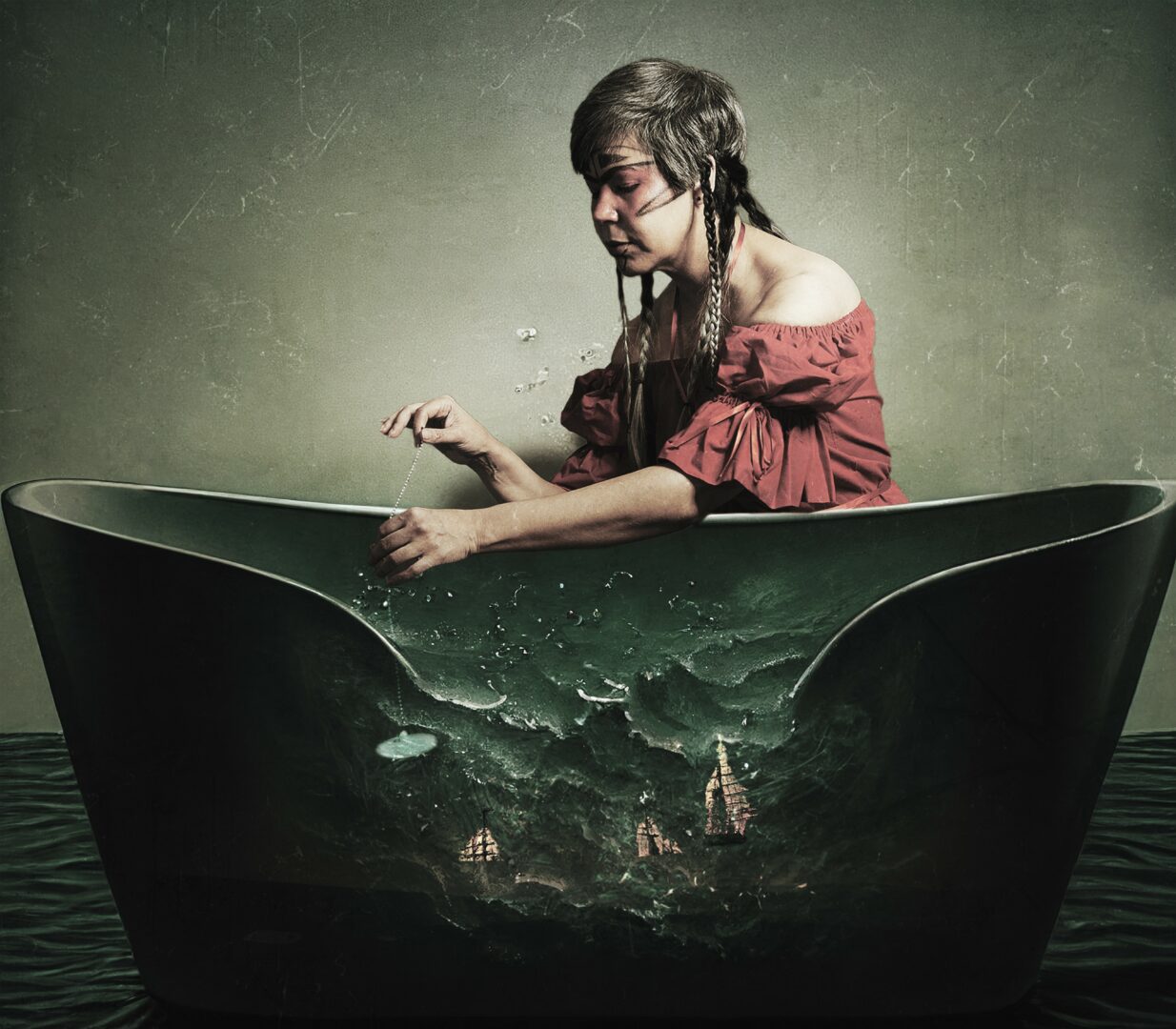
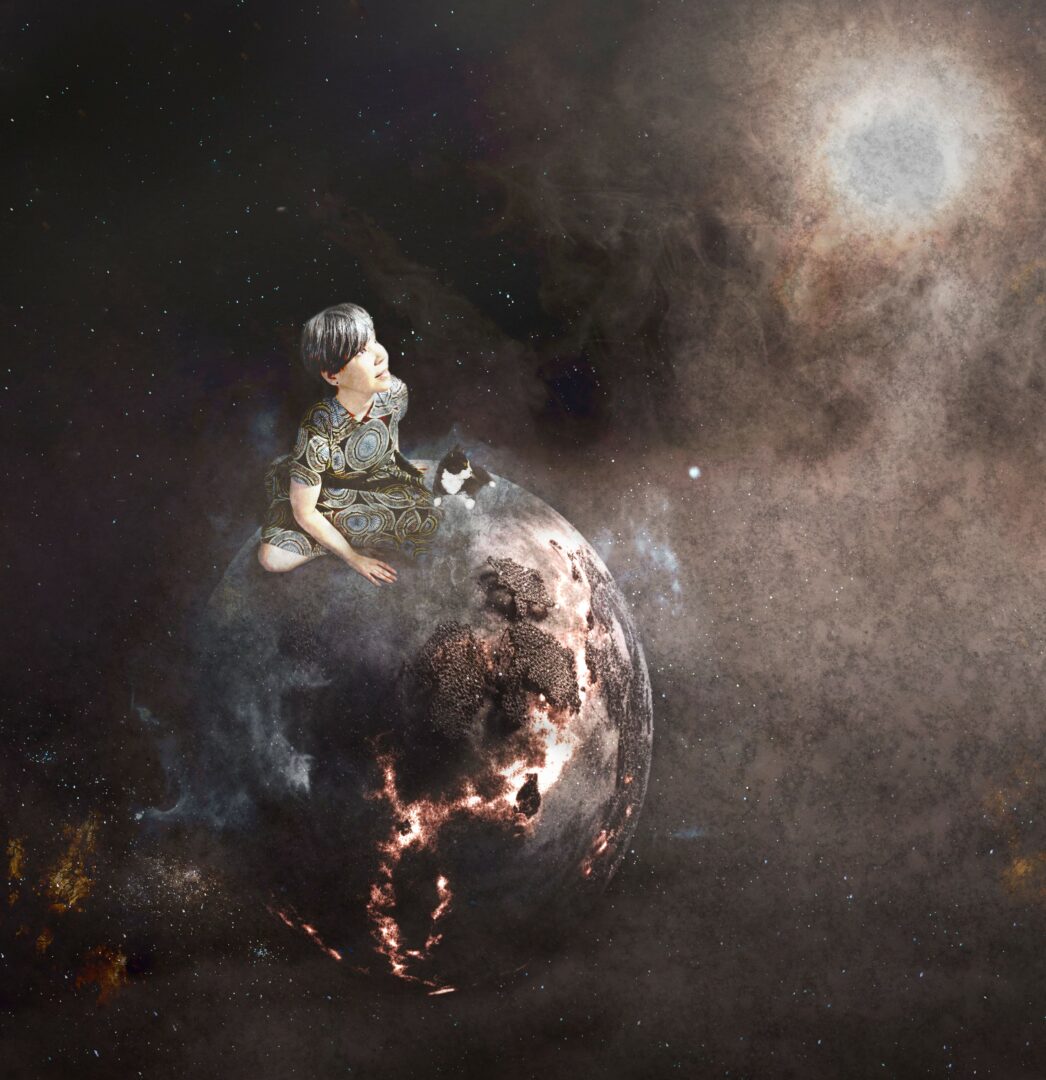
Image Credits
Katherine Dickson
so if you or someone you know deserves recognition please let us know here.

